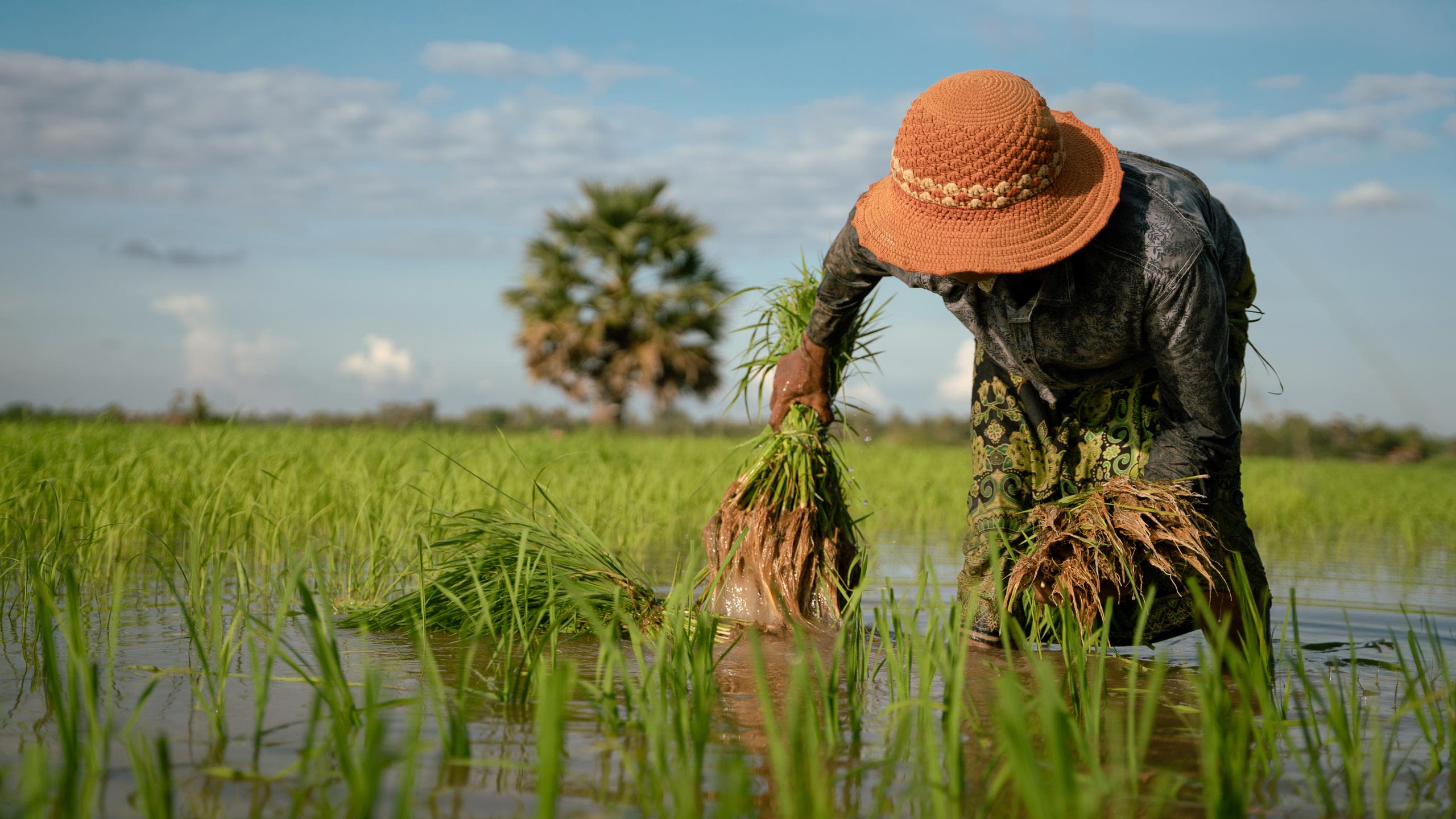THE POLITICS
OF KNOWLEDGE
Will we act on the evidence for agroecology, regenerative approaches, and Indigenous foodways?

The industrialized food system is one of the biggest stressors on planetary health, contributing almost a quarter of global greenhouse gas emissions and causing immense biodiversity loss. Furthermore, structural inequities across the food system compound the impacts on vulnerable communities. Consensus is growing: this model is no longer fit for purpose; it is failing people and the planet. Yet, key debates about how to transform food systems remain steeped in controversy.
Agroecology, regenerative approaches, and Indigenous foodways are pathways to sustainable food systems that remain contested.
Some funders, researchers, and policymakers choose to distance themselves from these approaches, voicing their skepticism about viability, profitability, scalability, and the evidence available. This is despite an abundance of reports, studies, and literature reviews that showcase the ability of agroecology, regenerative approaches, and Indigenous foodways to not only repair our relationship with nature but to build climate resilience while equitably nourishing our communities.
The status quo is holding humanity back from transformative action.
Bringing together experts from around the world, the Global Alliance for the Future of Food set out to get to the root of what’s holding back transformative action. In a new compendium, we home in on the evidence and whose knowledge counts, and tackle the narratives and questions that undermine action and mislead the public about what’s possible.
What we’ve found is that a narrow view of what counts as evidence, coupled with an entrenched willingness to maintain the status quo, means that these transformative food systems approaches are being kept from being understood, taken up, and acted upon — even when we need them most.
The evidence in support of agroecology, regenerative approaches, and Indigenous foodways exists in a battleground — one of many over knowledge and power.
The roots of agroecology, regenerative approaches, and Indigenous foodways represent a continuous source of knowledge that can inform a repaired relationship between people and nature

EVIDENCE AND INFLUENCE
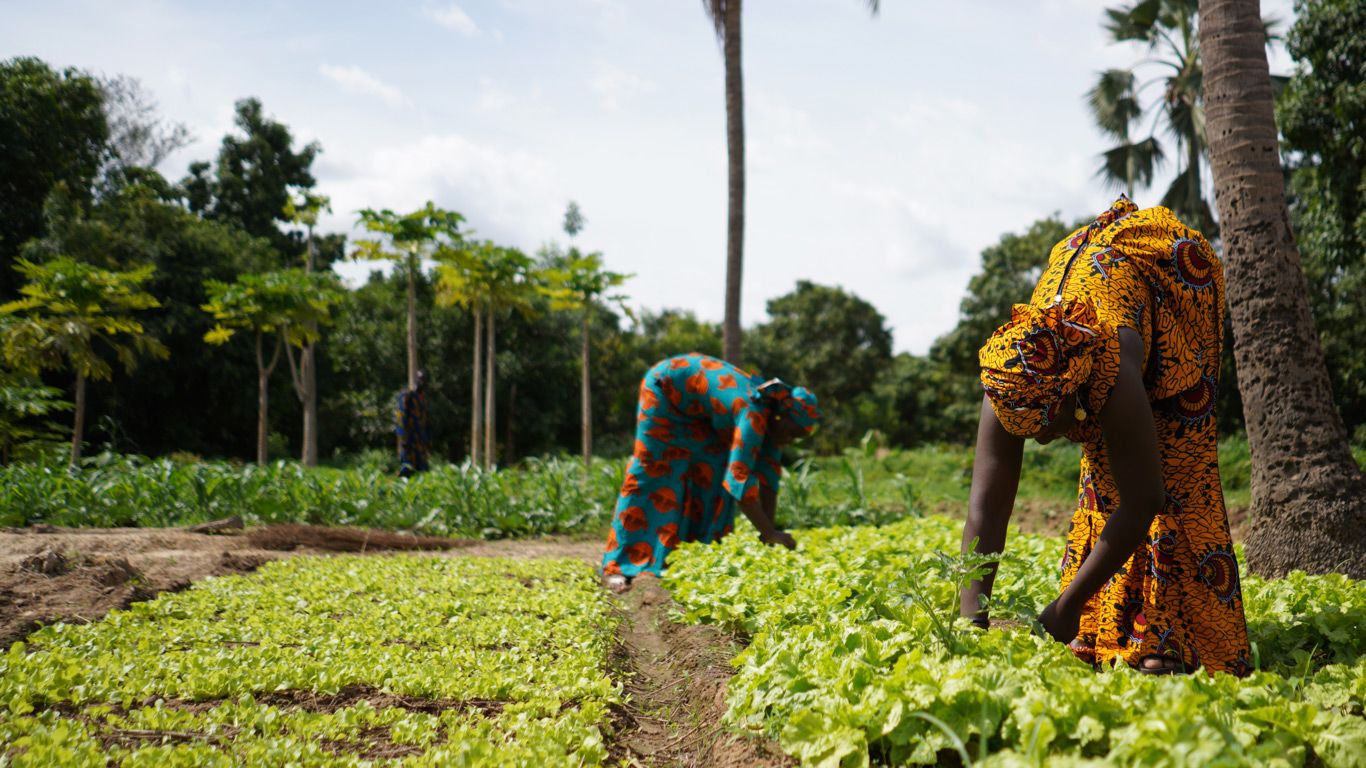
Questions such as “What data is available?”, “Are these solutions scalable?”, and “Who produced this evidence?” do not appear in a vacuum.
Decisions about what type of information is collected, researched, or deserves consideration are intrinsically connected to power. Legacies of establishment thinking and colonial mindsets have entrenched hierarchies of knowledge.
This bias is visible in the dominant tendency for funders, policymakers, and researchers to privilege Western science and English-language information in decision-making. A broad diversity of evidence is left unconsidered and unheard. Similarly, the narrow questioning of the evidence base for agroecology, regenerative approaches, and Indigenous foodways undermines the adoption of these methods more widely by sowing seeds of doubt.
Diverse forms of evidence, knowledge, and expertise, including lived experience and traditional knowledge as well as case studies, scientific analyses, and peer-reviewed literature, need to be treated equally and centred in efforts to transform food systems.
Agroecological, regenerative, and Indigenous knowledge is multifaceted, context-specific, involves place-based ecological experience, and reflects diverse ways of thinking about evidence. Because these methodologies do not conform to establishment ideals of classification or quantification, these approaches have been pushed to the margins. Growing global efforts to advance them are therefore directly tied to social movements and political change.
Accelerating food systems transformation requires decolonizing and democratizing knowledge systems within education, research, and innovation.
Right now, the conditions are ripe for those willing to challenge the way things are and capture the imagination and attention of people concerned about the health of people and the planet.
SKEPTICS ARE ANALYZING THE EVIDENCE IN SUPPORT OF FOOD SYSTEMS TRANSFORMATION TOO NARROWLY
The Contributors to the compendium identified five dominant narrative questions that position agroecology, regenerative approaches, and Indigenous foodways as marginal despite evidence of their impact.
To unravel the myths imbued in these questions, each one is individually unpacked alongside examples that challenge preconceived notions and assumptions. In doing so, the Contributors show how the dominant narrative serves to legitimize existing power imbalances in food systems.
Throughout, we aim to debunk outdated biases about evidence and show how agroecology, regenerative approaches, and Indigenous foodways are already driving transformational change across food systems.
Can these approaches Feed the world?
Question 1
—

The “feed the world” narrative is underpinned by concerns about population growth, growing hunger and malnutrition, and climate change. It is frequently used in conjunction with eye-catching statistics about the need for food production increases to serve a growing global population.
Focusing on production yields alone positions agricultural intensification and global trade as ideal solutions to feeding people. This de-emphasizes the political economy underpinning the root causes of food insecurity. It downplays social justice issues related to the right to food and the critical importance of nutrition security.
The problem of hunger in the world is not scarcity. Distribution, poverty, lack of access, lack of power, inequality, conflict, and waste are the reasons for hunger and malnutrition in all forms. Yield-per-hectare doesn’t measure what matters.
What the Evidence shows
- Agroecology, regenerative approaches, and Indigenous foodways are strongly linked to positive health and nutrition outcomes
- Measuring performance and resilience through a systems lens shows multifunctional benefits of these approaches
- Even when using yield as a measurement tool, the Contributors provide evidence for comparative yields across farming systems
FARMING FOR NUTRITION IN MALAWI
Starting with 7 villages in 2000, Soils, Food and Healthy Communities (SFHC) has spent the last 20 years building more equal and resilient Malawian communities. In that time, SFHC has worked with more than 15,000 farmers in 500 villages in northern and central Malawi with the goal of fortifying soils, crop yields, sustainable practices, and health and nutrition. To achieve this, SFHC supports seed distribution, integration of Indigenous crops, agroecology training and knowledge exchanges, and hands-on nutrition classes, but it’s not done blindly.
SFHC’s efforts are guided by research programs where participants work together to produce and share knowledge about crop production, land management, and nutrition. Their approach to research uses participatory knowledge co-production and sharing, incorporating transdisciplinary approaches that blend the different disciplines and types of knowledge farmers hold. Farmers actively take part in research, including problem identification, research design, data collection, and analysis.
The results show that when a range of diverse crops are grown under agroecological systems, farms are more productive than conventional farms — by as much as 80%. They’ve also seen farmers in the SFHC program contributing to legume intercropping practices becoming an official technology promoted by Malawi's national agricultural extension program. Intercropping with legumes is an important strategy for addressing food and nutrition security.
A recent study of the SFHC program concluded that agroecological practices used by farmers have increased household food security and nutrition. These gains are enhanced by farmer-to-farmer training and discussion groups, as well as direct consumption pathways for improving agricultural incomes.
Farmers reported regaining control over their seeds, fertilizer, land, and labour. Agroecological approaches have also been noted as reinforcing social-support practices such as food and seed sharing — both of which are essential for long-term community food security.
Image credit: SFHC
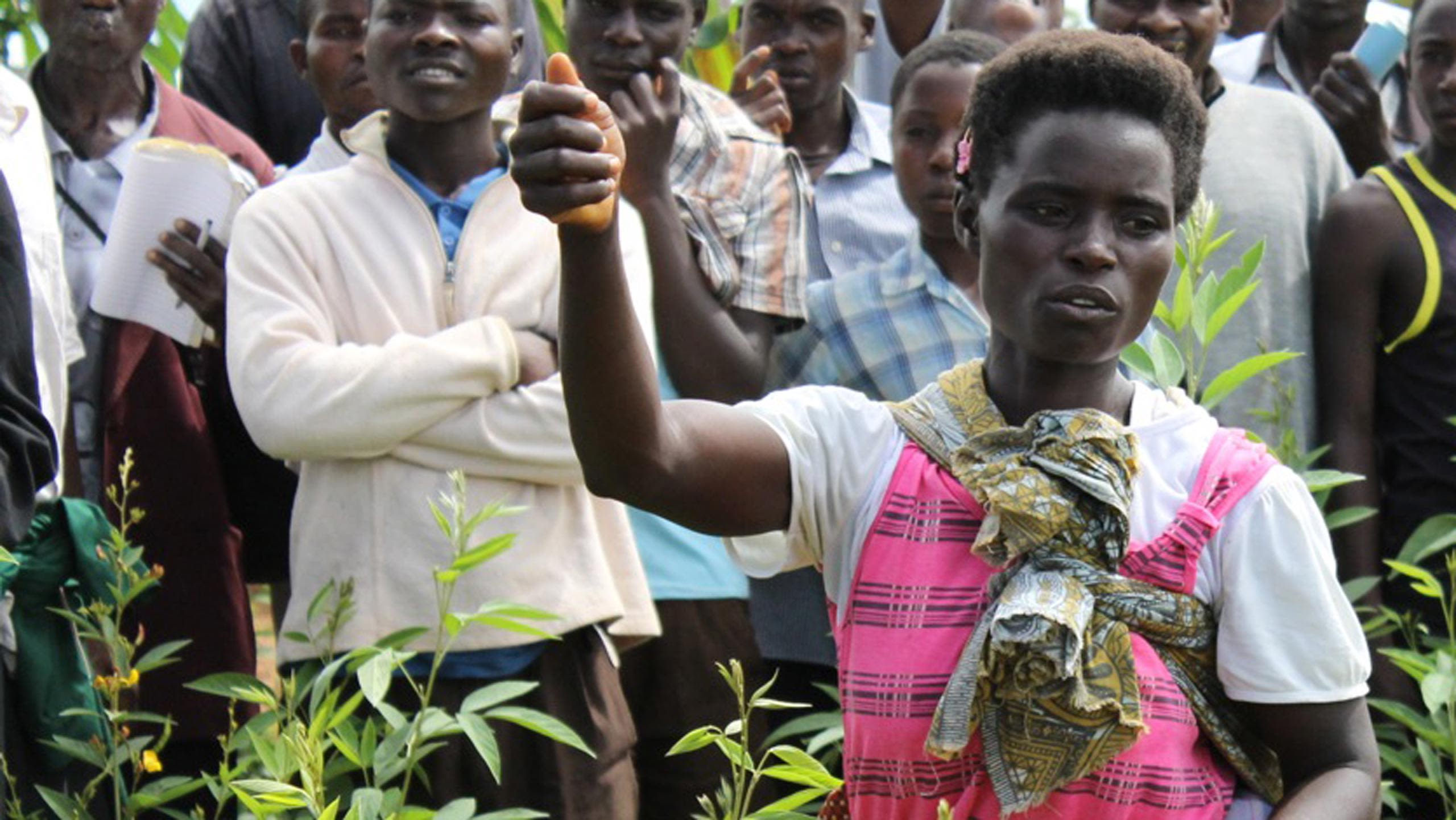
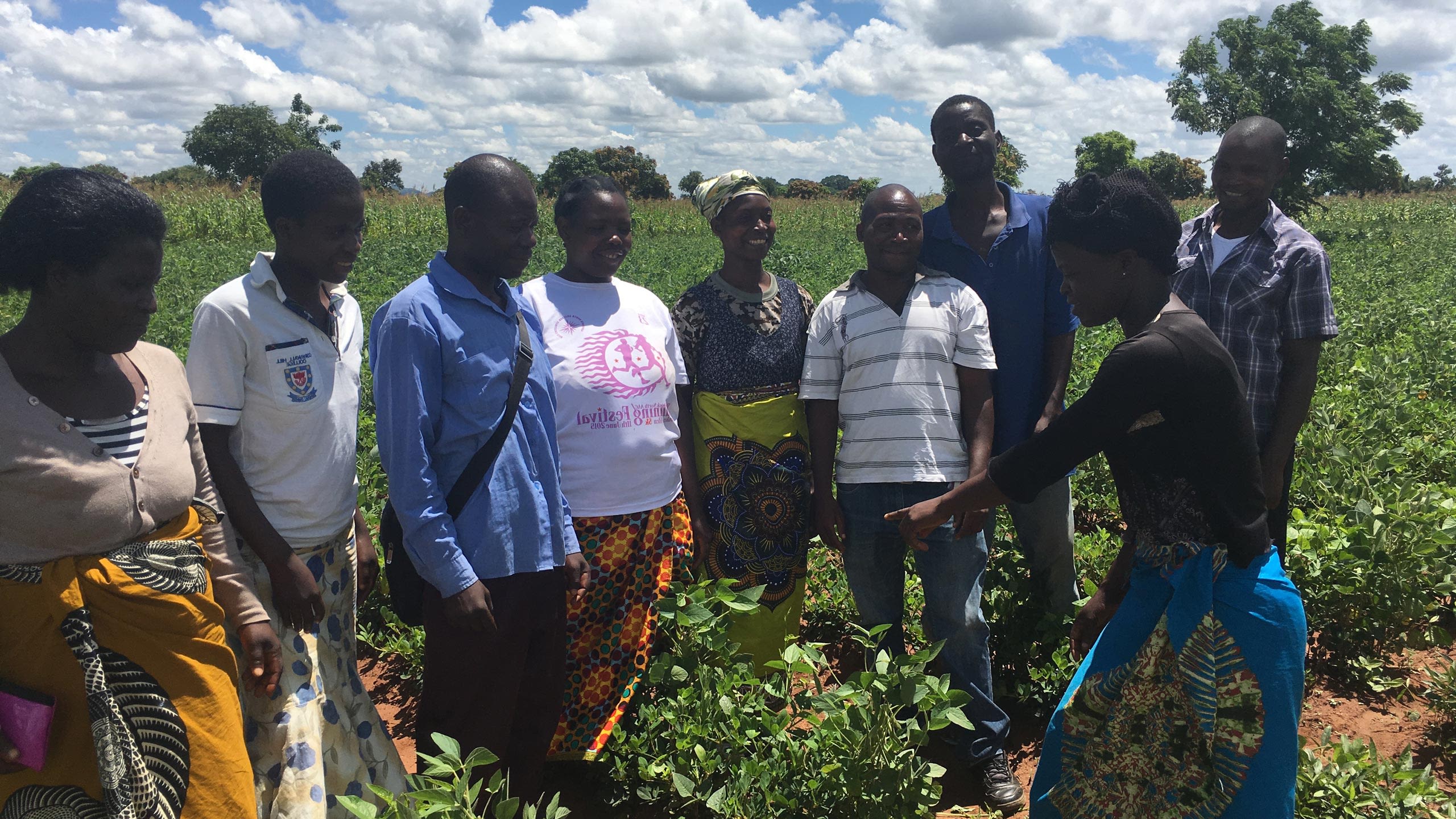
Studies done on a whole farm basis suggest the great potential of agroecological approaches to 'feed' as well as 'nourish' the world
—
Soils, Food and Healthy Communities, Malawi

Farmer-Led Science and Technology: Cost Effective & adapted to context
Detractors of agroecology cast it as “anti-science” — a rejection of the modern technologies essential for increasing farmer incomes and productivity. These critics view agroecology as a nostalgic return to the past, denying millions of people access to high-tech agricultural techniques. In fact, the technological solutions purporting to outpace agroecology often don’t help farmers succeed in the long run.
The Agroecology Research-Action Collective (ARC) in North America points out that technologies embedded in farmer-led science are not only more cost-effective, but also more fit for purpose, easier to adopt, and lead to more system-wide benefits beyond their intended use. Externally driven technologies are often more expensive and less adaptable, and propel greater simplification on the farm and surrounding landscapes — often with unexpected tradeoffs.
Challenging false choices and lock-ins
For Groundswell International, so long as a small group of companies with rigorous intellectual property rights are requiring farmers to continually buy into the industrial system while limiting public research and debate on these technologies, there is no real choice being offered up to African farmers or consumers.
The intensive, input-dependent solutions being promoted across Africa provide an illusion of choice. But these options lock farmers into buying proprietary inputs and methods — none of which build long-term resilience for farms and the communities they serve. Groundswell is working with local farmers in Africa to challenge the dominant agricultural system to prioritize and maintain farmers’ agency, knowledge, experience, and options.
Can these approaches be scaled?
Question 2
—
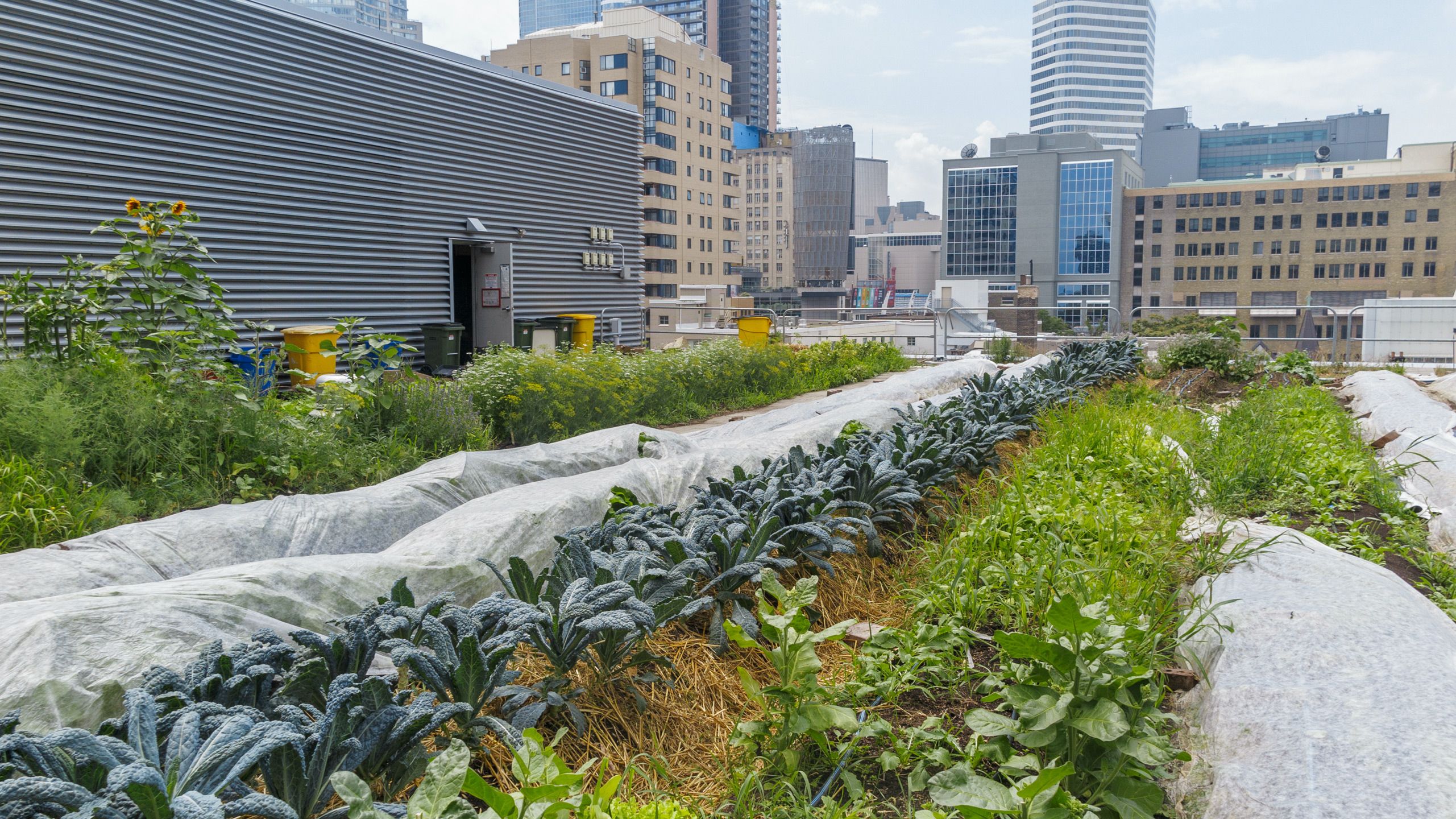
The dominant narrative presumes agroecology, regenerative approaches, and Indigenous foodways are marginal, effective only at small scale, and incapable of producing food at greater levels. However, the evidence on the performance and scaling potential of these approaches challenges this assumption. It also challenges limited understanding of what is meant by scaling (and at which scale farms are effective).
Replicating success is about more than just the size of farms. Scaling is a process of amplifying a new paradigm that builds sustainable food systems rooted in equity, justice, and reciprocity.
In its truest sense, scaling refers to processes that create the conditions for more and more farmers to practice agroecology, encompassing more territories and engaging people in the processing, distribution, and consumption of agroecological and regenerative foods.
With this new framing, the many forms of scaling can be contextualized; for example, practice uptake by larger or smaller farms over wider regions, replication in farmer-to-farmer networks, and deepening connections between farmers, social movements, community infrastructure, and enabling policies.
Evaluating food systems transitions therefore requires not just a diversity of social and ecological indicators but also a participatory approach that gives agency to farmers and other actors.
What the Evidence shows
- Successful scaling is happening right now. Social movements are key forces for change
- Scaling involves the geographical spread of practices, farmer-to-farmer and across communities, organizations, and regions
- Scaling involves enabling policies, markets, and other institutional factors
Right-sized scaling
The Food and Agriculture Organization (FAO) Tool for Agroecological Performance Evaluation (TAPE) methodology is one of several tools that have recently been developed to evaluate the systems performance of agroecological approaches globally.
The TAPE methodology harmonizes evidence about the multidimensional nature and benefits of these methods. It is designed to support agroecological transition processes at different scales, in distinct locations, and on varying timelines by proposing a diagnostic of performances over time and identifying areas of strength/weakness and enabling/disabling environments.
Testing Tape
Community testing in Mali and Cambodia shows farms that are more advanced on agroecological indicators (based on the indicators used by the FAO’s 10 Elements of Agroecology to evaluate the level of agroecological transition of agricultural systems) are more productive, use fewer external inputs, and are more profitable, regardless of size. This is (in part) because these farms are better linked to territorial markets that provide commercialization of agroecological products.
Agroecological farms score higher on:
- Dietary diversity and food security;
- Benefits for family farming;
- Better soil health;
- More agrobiodiversity; and
- Greater presence of beneficial animals and pollinators.
Based on participatory research, TAPE supports right-sized scaling for each context and guides the farm development progress.
MORE THAN 1 MILLION NATURAL FARMERS IN INDIA
Andhra Pradesh Community-managed Natural Farming (APCNF) is the world’s largest agroecology program in terms of number of farmers enrolled. The program began with 40,000 farmers in 2016 and grew to 700,000 farmers and farm workers practising natural farming in 2020.
TAKING A "WHOLE VILLAGE" APPROACH
APCNF’s success lies in its innovative farmer-to-farmer scaling strategy, identifying “Champion Farmers” who train participants in agroecological and regenerative practices. Since the trainers are themselves practising farmers, their credibility is very high and they are able to motivate farmers to change.
The APCNF program has one farmer trainer per 100 farmers and provides intensive accompaniment by farmers, peer support, and agricultural extension to participants. Women’s self-help groups play a similar critical role in collective action, knowledge dissemination, supporting each other during transition, financing members to purchase the inputs required for natural farming, and monitoring and managing the program.
Agroecological and regenerative approaches are knowledge intensive (rather than input intensive). To support participants making the change, APCNF has established long-term knowledge-sharing programs.
The objective of the program is to get all farmers in a village to become natural farming practitioners, which takes 5 to 6 years. APCNF does this by focusing on smaller farmers in a given community, who make up more than 85% of the farmers. Seeing other farmers reaping the benefits of increased productivity and income of natural farming typically draws the remaining farmers to gradually transition in this direction.
SCALING OUT AND UP IN THE FACE OF SYSTEMIC BARRIERS
Deep social processes like farmer-to-farmer and woman-to-woman methodologies are integral to the program. The support of the state Agriculture Department in the transition process has also been a vital factor. APCNF’s success demonstrates that natural farming is not only highly beneficial but also scalable in a reasonable period of time when there is a community-specific strategy in place.
The 2021 enrolment target for APCNF is 1.05 million farmers and farm workers. Ultimately, they envision enrolling all estimated 6 million farmers and 2 million landless farm workers in Andhra Pradesh in the program and having the entire cultivable area in the state under natural farming.
Image credit: APCNF
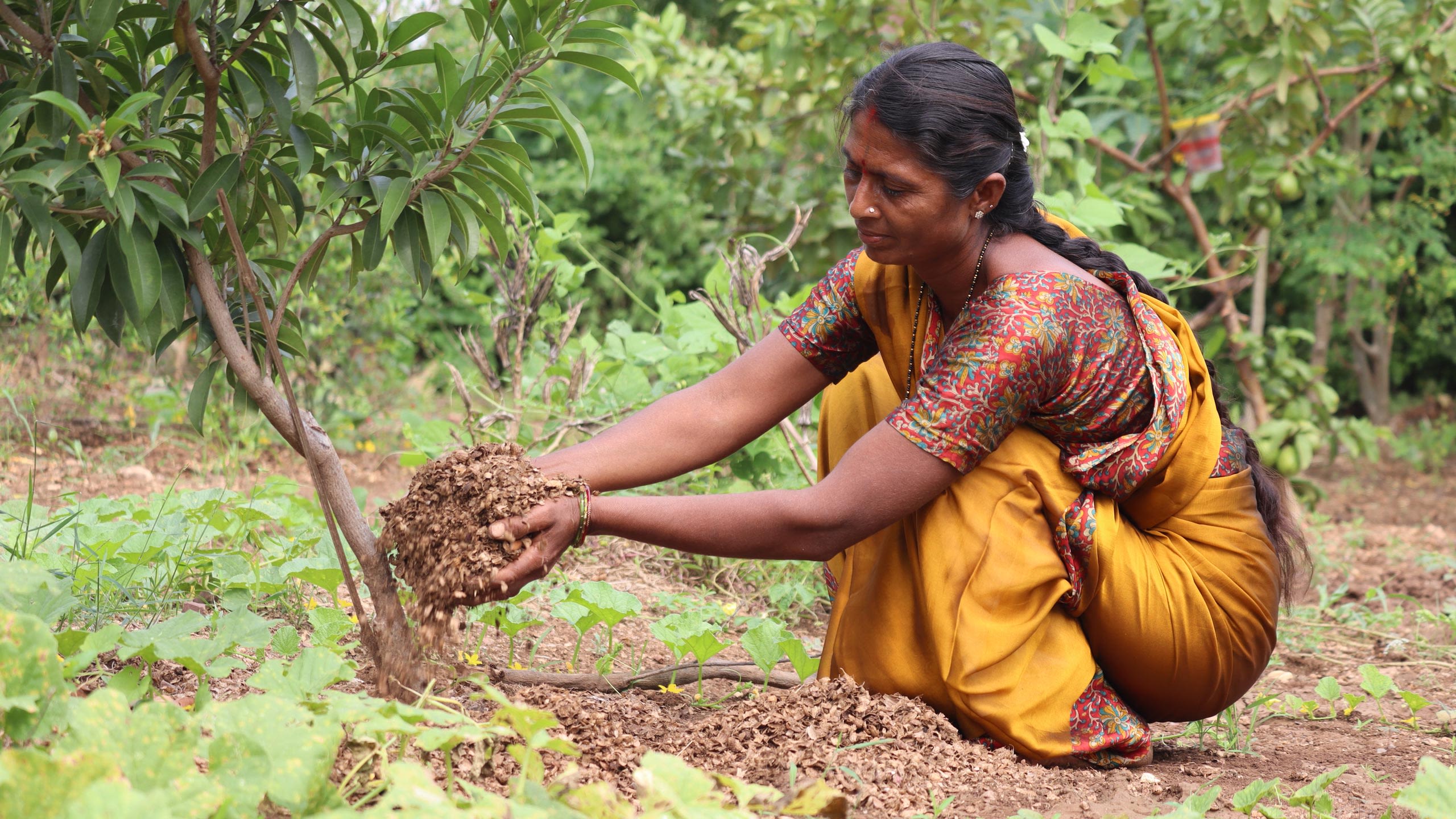
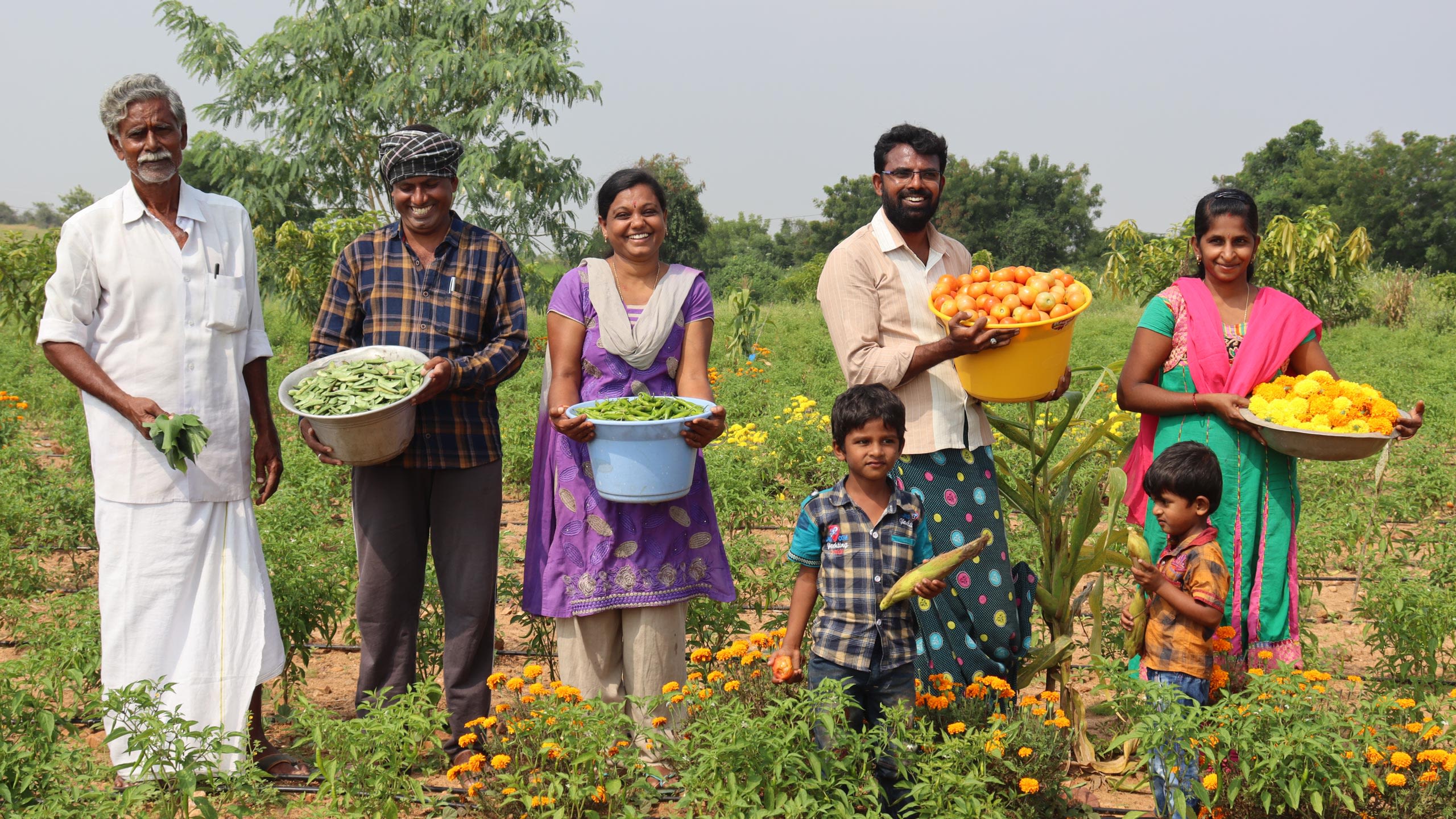
200,000 Cuban farming families trained in agroecology
For 30 years, the Cuban people have been transforming their food system, resulting in one of the most successful agroecology scaling experiences in the world.
The Cuban revolution’s commitment to science, universal education, and social organization laid the groundwork for the scaling of agroecology. An educated society with a culture of solidarity and collaboration catalyzed strategic alliances between government, farmers, researchers, students, the media, consumers, and other key actors.
The National Association of Small Farmers (ANAP) Farmer to Farmer Movement has been integral to Cuba’s agroecology scaling success. More than half the Cuban peasantry (200,000 farming families) have been trained in agroecology. With strong government support at local, provincial, and national levels, urban and peri-urban farms have spread across the entire country and represent 14% of the agricultural land. In the early 1990s, 80% of agricultural land was state managed. Since then, several progressive agrarian reforms have been implemented. Now, more than 70% (3.5 million hectares) is managed by cooperatives and family farms. This shift has brought higher levels of agricultural and food diversity, productivity, and efficiency, as well as embedded local food systems.
Cuba’s agroecological transformation was driven by an economic crisis that opened political space for organic and agroecological farmers and researchers to gain power; progressive land reforms; supportive government policies; decentralization of food systems planning and distribution; and successful farmer-to-farmer training programs.
In these recent times of global and national crisis, Cuba is making ever stronger commitments to strengthening agroecology and building a support structure for food sovereignty. In 2020, the Cuban government passed a National Plan for Food Sovereignty and Nutritional Education, and an Agroecology Law is being developed in 2021. Coupled with this legislation are several laws and plans that provide legal structures to promote local food systems planning and territorial development, that decentralize power, and that seek to build stronger and more resilient communities.
Image credit: Margarita Fernandez
Agroecology requires an approach to knowledge that transcends compartmentalized, reductionist, market-led, and elitist knowledge systems in favour of bottom-up, people-led, holistic, and transdisciplinary approaches to knowledge and wisdom.
—
Centre for Agroecology, Water and Resilience (CAWR) and the Agroecology and Livelihoods Collaborative (ALC)

Can these approaches provide meaningful livelihoods?
Question 3
—
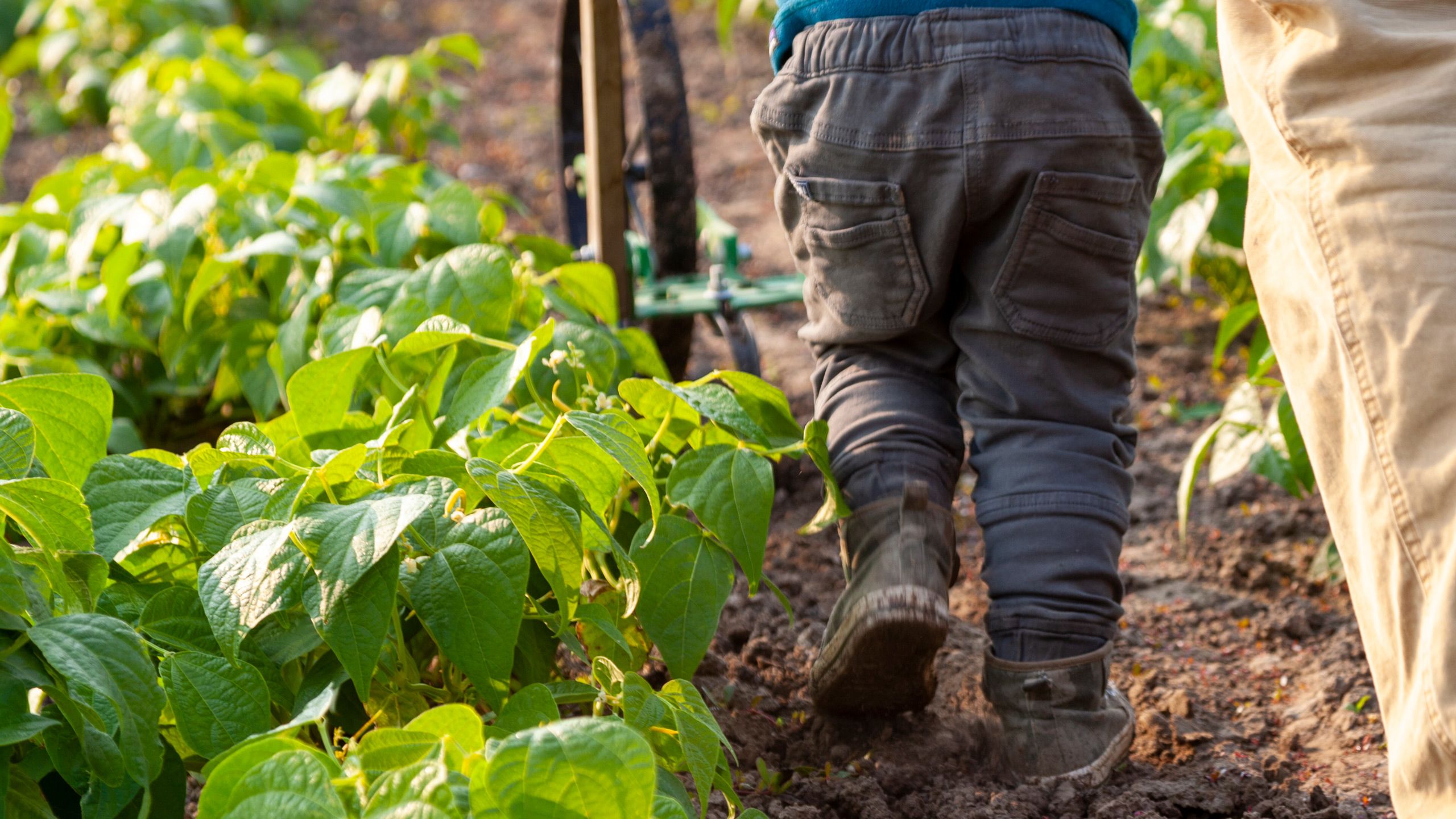
“Agroecology will only keep farmers poor” is a well-worn narrative.
Using this framing, agroecology, regenerative approaches, and Indigenous foodways are seen as a way of keeping farmers locked in a perpetual state of subsistence, burdened by intensive manual labour and drudgery. This prevents farmers from climbing out of poverty and onto the path of modern agriculture as farmer entrepreneurs.
This narrative implies that small-scale farming is inherently inefficient. It discounts the knowledge and innovations farmers and Indigenous Peoples’ leverage at this level of farming and falsely assumes that mechanization or technological innovation in small-scale farming is non-existent or actively discouraged.
Political economic systems work against and undermine small-scale farmers.
By portraying peasants, traditional rural communities, and agroecological farming as backward, low-quality, inefficient, and unproductive, those with political and/or economic power can demotivate food producers and rural communities interested in agroecology. This narrative also serves to present large producers and industrial forms of agriculture as modern, productive, tidy, entrepreneurial, and representative of so-called “good” farming — insisting it is in farmers’ (and society’s) best interests to minimize the number of people unfortunate enough to be farmers.
Farmers and food producers see it a different way. Collaborative exchanges, experimentation, co-production of knowledge, and intergenerational learning provide enriching spaces for community gathering and relationship-building. These essential components of community engagement form the basis for the rapidly increasing interest of young farmers in agroecological transitions.
What the Evidence shows
- Producers making agroecological transitions express increased feelings of joy, fulfillment, and satisfaction
- Territorial markets create demand for products produced using these methods, showing the potential of these approaches for rebuilding relationships between rural producers and people in cities
- These approaches generate levels of stability in income and employment that are superior to other forms of production — without depending on subsidies or incentive measures
Listen to Hassan Roba of The Christensen Fund describe how groups of policymakers and legislators from pastoral areas are pushing the independent government in Kenya to move beyond colonial thinking about agriculture and recognize the viability of smallholders and subsistence farming.
"What we have in palestine are treasures, not seeds."
For the Palestinian Heirloom Seed Library, agricultural biodiversity is intimately linked with a peoples’ social, cultural, and political identity. Learn about the tradition and heritage these seeds hold directly from farmers in this video.
What agriculture provides to human beings is far from only producing food or making money. It plays a huge role in maintaining the environment of the whole planet, the environment for human survival, and even human spirit, religion, and community culture.
—
Institute of Rural Reconstruction of China (IRR-China)

Agroecology in China: Back to the Future of Food
According to the Institute of Rural Reconstruction of China (IRR-China), ecological agriculture was once a way of life for people in China. Professor Luo Shiming, one of China’s leading agroecology experts, says that in the past, farmers in China had multiple objectives. These included providing food, clothing, and sustenance, as well as enjoying the natural environment and affection of people in the community. But colonization, starting in the late 1800s, impacted farming models and mindsets, moving farmers from rural to urban areas, and replaced older values with those tied to producing more and making more money.
What agriculture provides to human beings is far from just producing food or making money, explains Professor Shiming. It plays a huge role in maintaining the environment for the planet and for human survival, the human spirit, religion, and community culture.
Over the last 20 years, a rising interest in returning to ecological agriculture has emerged. Middle-income consumers in Chinese cities are driving demand by looking for safe, quality food. This has led to the blossoming of various agroecological and regenerative initiatives based on small farmers practising modern versions of traditional agriculture that are beneficial to the conservation of resources and the environment.
A growing number of farmers’ markets in China are reconnecting urban and rural communities. Markets like the Beijing Farmers’ Market function as a platform for farmers to share knowledge and ideas, and raise awareness of local agroecological foods through education and training.
When measuring what “meaningful” means to farmers and society, simply looking at quantitative metrics such as profit or financial gain flatten the value of agriculture. Assessing qualitative measures such as community belonging and community connection are essential components of evaluation and the basis of sustainable farmer livelihoods.
Can these approaches solve the climate, biodiversity, and soil crises?
Question 4
—
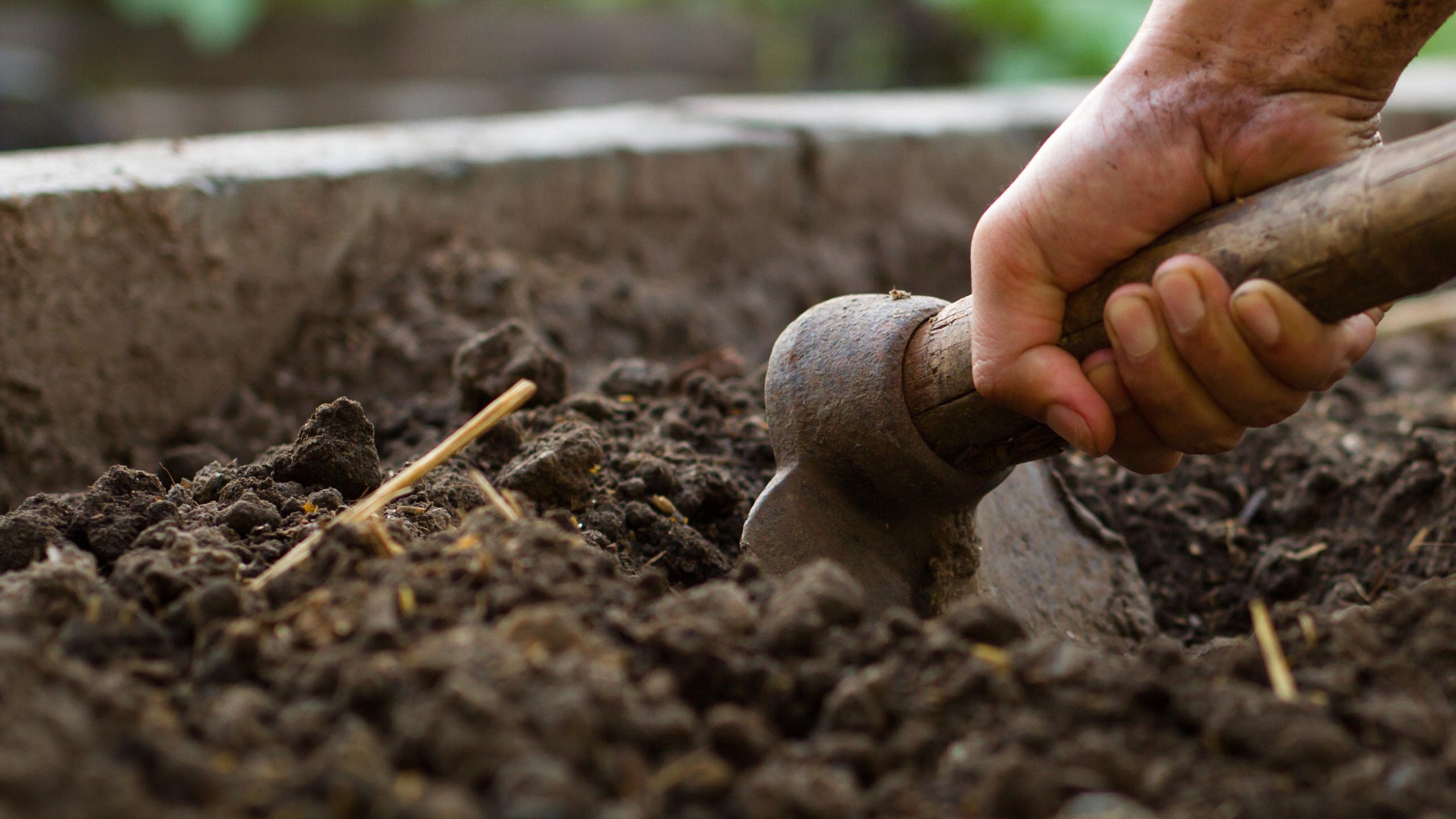
With the Earth’s ecosystems degrading at an alarming rate, emergency responses that elevate silver-bullet solutions rise to the top — even when there is mounting evidence that these quick fixes don’t always work. Focusing on these short-term actions allows those with power to delay or avoid enacting the more thoughtful transformative solutions required to fully address the deep, systemic crises affecting our food systems.
Systemic problems require systemic solutions. With elements of biophysical knowledge, scalable practices, and strong social change foundations, agroecology, regenerative approaches, and Indigenous foodways represent some of the most viable systemic responses to emergencies and interconnected crises, such as climate change.
The dynamism and inherent capacity of agroecology, regenerative approaches, and Indigenous foodways enhances climate and ecological resilience. They sustain ecosystems and innovations in land and ecosystems-based adaptation and mitigation.
Narrowly focused, technology-centric solutions and offset-trading regimes are also places where those with political and economic power derive benefits while smallholder farmers and food producers often do not. Tackling the climate emergency through single-focussed solutions — such as geo-engineering or large-scale carbon capture — aim to solve converging planetary crises, but they ultimately fail to address the underlying problems and uphold the status quo.
The interconnectedness of the multiple crises — in their root causes and their systemic solutions — leads directly to agroecology, regenerative approaches, and Indigenous foodways.
What the Evidence shows
- Singular technical fixes cannot solve these problems, and they distract funders, policymakers, researchers, and communities from necessary systemic change while often creating further problems
- Agroecology, regenerative approaches, and Indigenous foodways build climate and ecological resilience, foster biodiversity, and sustain ecosystems by maintaining a diversity of production and food options
- Agroecology, regenerative approaches, and Indigenous foodways accrue benefits across societal, ecological, economic, health, and well-being measures, showing a dynamic multifunctionality that can support communities overcoming converging global crises
Addressing Extreme Climate Events in Latin America
The Centro Latinoamericano de Investigaciones Agroecologicas (CELIA) presented a year-long survey of small farming systems in Colombia, Cuba, Chile, México, Brazil, Peru, and Argentina. Completed in 2011 by REDAGRES, a group of Latin American agroecologists, they sought to identify and assess agroecological systems that resisted and/or recovered from extreme climatic events such as droughts, storms, floods, or hurricanes.
After the survey, researchers joined with farmers to develop a manual based on what they observed. The text outlined a simple methodology for farmers to assess their relative vulnerability and identify actions to enhance the resiliency of their farm. The manual also described main socioecological principles and practices that farming families can use (individually or as a community) to enhance the adaptive capacity of farming systems to climate change.
The project allowed researchers and farmers to understand the agroecological features of the farming systems surveyed and the social strategies used by farmers that allowed them to resist and/or recover from extreme weather events.
Since the practices that can lead to greater socioecological resilience are context dependent and complex, self-assessment and co-innovation methodologies that bring farmers and scientists together are important tools for implementing agroecology, regenerative approaches, and Indigenous foodways in ways that can adapt to changes in weather and climate.
COLLABORATIVE CLIMATE RESILIENCE IN THE ANDES
In the Andes highlands of Bolivia, Ecuador, and Peru, the Collaborative Crop Research Program (CCRP) Community of Practice supports local food systems and markets, nutrition, and seed networks focused on conserving and enhancing agricultural biodiversity, ecological pest management, and risk management focused on climate variability and soil health.
For this group, pathways to change include integrating different knowledge systems, taking a landscape approach, incorporating natural and human systems, and providing various options for different contexts. CCRP emphasizes social and horizontal learning approaches based on trust and respect at all levels and scales.
Three core projects in Bolivia are working in service of answering one fundamental question: How can different forms of knowledge be brought together to support farmers’ decision-making and build agroecological and climate-related evidence?
Each project is building farmer research networks focusing on documenting weather patterns and climate, providing forecasts for farmers in the high Andes, and building a knowledge base that brings together scientific and digital tools with traditional Indigenous knowledge of climate-related indicators in the natural environment.
These projects link agricultural planning with local knowledge; specifically, how farming decisions are made based on local perceptions and information on climate. By promoting intergenerational dialogue about the utility of local knowledge, the culture is kept up-to-date and dynamic. The regular debate and dialogue among participants allows for knowledge reconfiguration that is responsive to current processes and developments.
These projects are the basis for an integrated climate-planning tool based on both local and scientific knowledge. The goal of building this tool is to help farmers make agricultural planning decisions based on improved forecasting for short- (1 to 2 days), medium- (3 to 10 days), and long- (seasonal) term meteorological conditions. This allows smallholders to react to the weather in an efficient manner and reduces their vulnerability to climate variability and change. CCRP is a program of the McKnight Foundation.
Image credit: CCRP
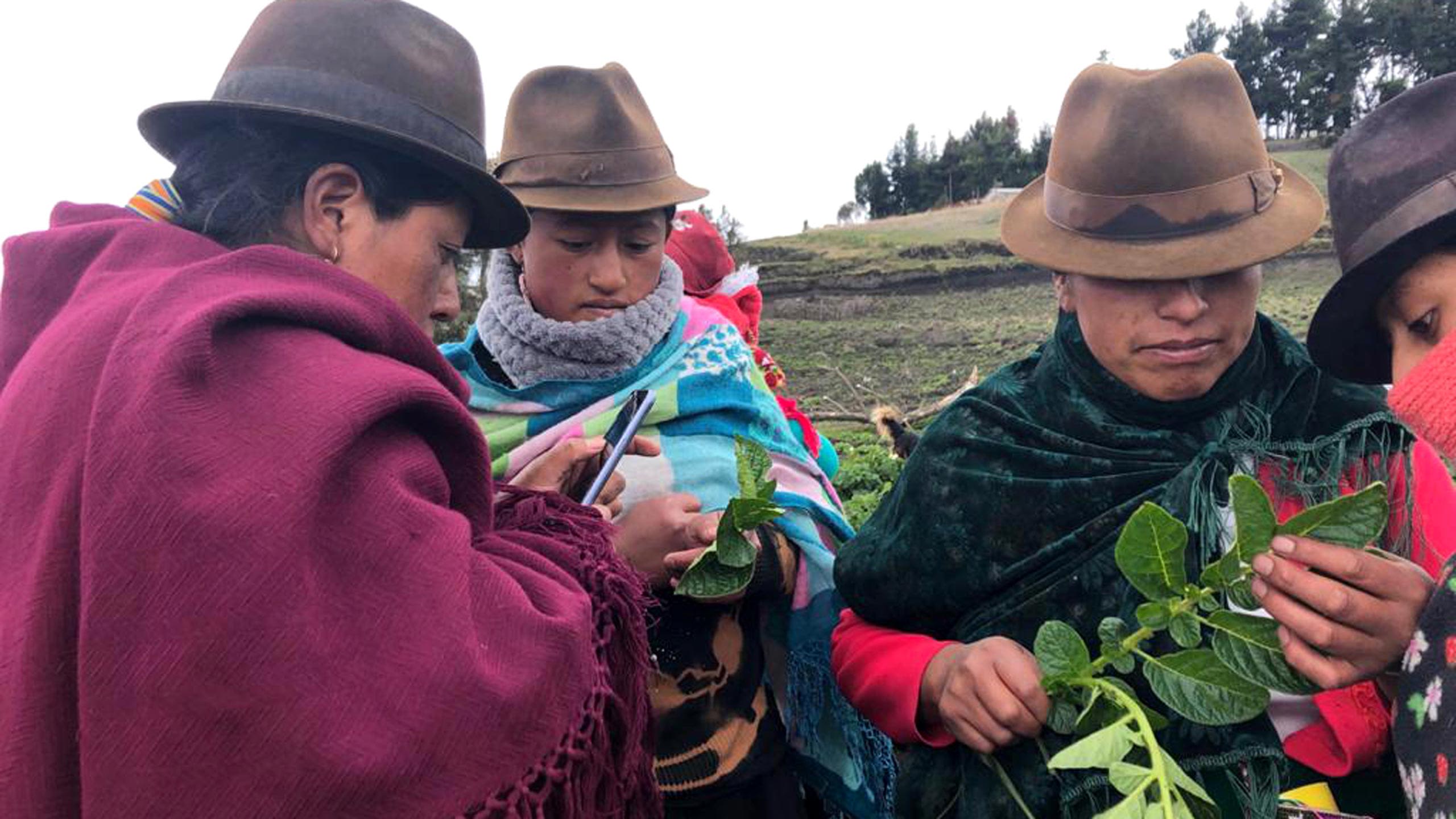
Climate Innovation in India
Increasing droughts as a result of the climate crisis are an ongoing challenge for farmers in India. To counter this, Andhra Pradesh Community-managed Natural Farming (APCNF) farmers deploy a variety of preventive and adaptive strategies. One of these strategies is an incredible innovation that harnesses atmospheric water vapour. The practice allows farmers to plant crops without waiting for monsoons to set in, prolongs the growing season, and enables farmers to grow crops throughout the entire year. Other strategies include the use of high quantities Ghana Jiwamrutam (a cow dung soil fertility preparation) and mulch to maintain adequate moisture levels in the soil for seeds to germinate and establish themselves before the rains.
A study conducted by World Agroforestry (ICRAF) determined that APCNF produces an average of 70% fewer emissions than conventional farms, with yields that are similar or even higher. APCNF techniques are based on low-input needs and innovative approaches, thereby mitigating climate change and adapting to its effects, all while increasing production and incomes for farmers in this region.
Image credit: APCNF
Can these approaches accelerate transformation?
Question 5
—
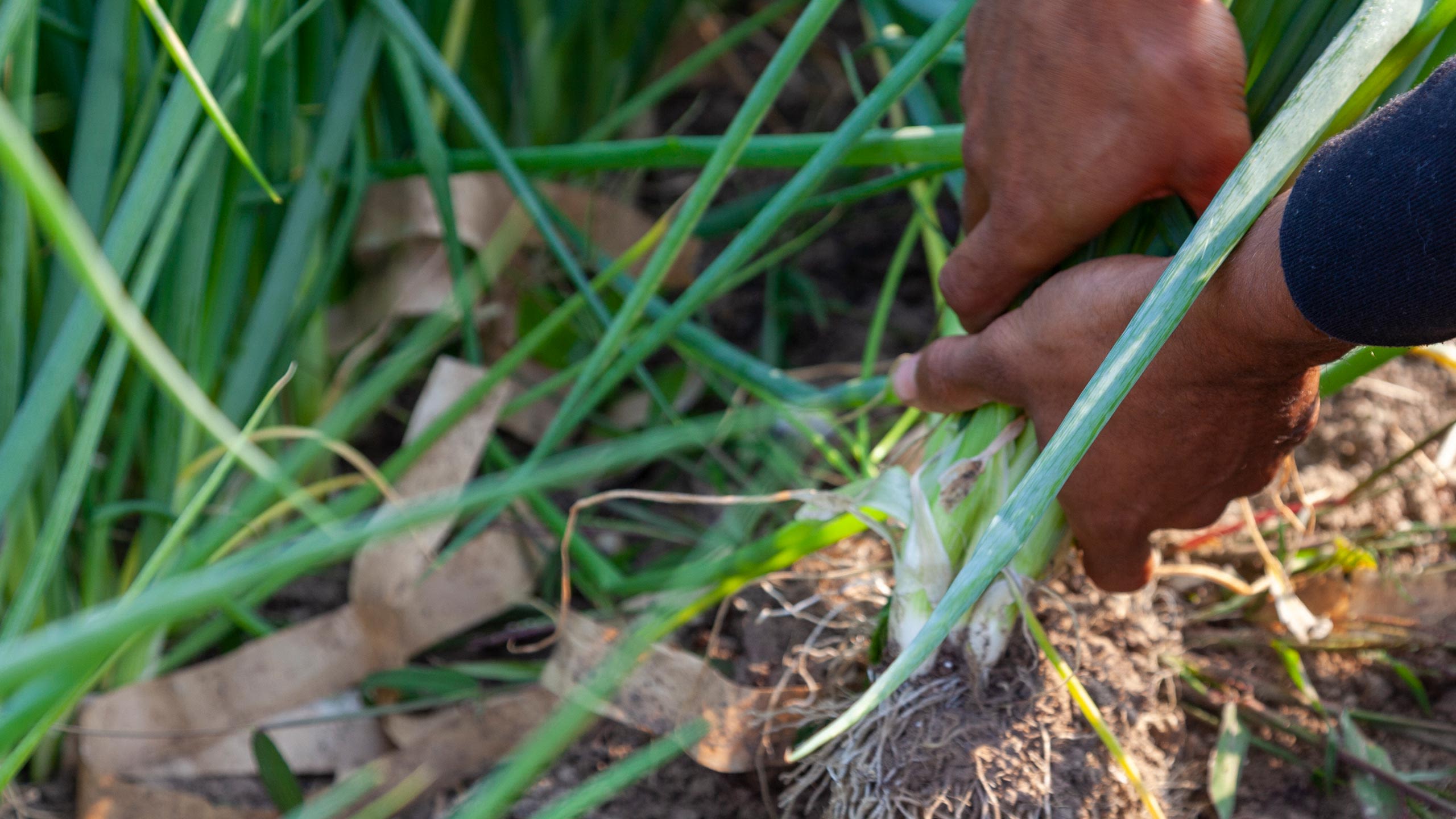
The Contributors to the compendium underscored the structural barriers to systems transformation, such as the absence of intellectual property rights for seeds, cheap food, the illusion of choice, export market orientation, and debt — all of which entrench corporate power and persistent false narratives, limiting options and opportunities available to farmers and citizens.
Systems transformation is therefore deeply connected with challenging deep structures of the status quo. This opens up discussion around food sovereignty and agency, highlighting the ways that governance — at all levels — plays a critical role in accelerating or hindering agroecological transitions. Rooted in agroecology and the democratization of agriculture and food, food sovereignty embodies and affirms the rights of peoples to define their food systems as well as their rights to territory and self-determination.
Agroecology, regenerative approaches, and Indigenous foodways represent an on-the-ground articulation of food sovereignty through the practices of food producers. They are a political response and entail a shift in power and paradigm toward a new society.
Agroecology, regenerative approaches, and Indigenous foodways are dynamic and multifunctional systems. The deep and inherent societal, ecological, economic, and health co-benefits they offer are a “way out of the trap” of multiple global crises.
What the Evidence shows
- Agroecology, regenerative approaches, and Indigenous foodways recognize and seek to secure the rights of peasants; the rights to food, land, waters, and seeds; and the rights of agricultural and food workers
- Agroecology, regenerative approaches, and Indigenous foodways carry a powerful narrative of self-determination
- Participatory research methodologies generate vital new ideas and systemic solutions that drive community agricultural development and sustainable food systems, and enrich local and national economies by constantly adapting to respond to changing socioecological realities
Gender equality and feminist agroecology
In developing countries, 80% of women gain their livelihoods in the agricultural and food production sector. In this industry, gender discrimination, violence, and inequality are common. Women are the ones providing essential support and labour to their farms and households by harvesting and selling cash crops in the market, growing additional crops for household consumption, and caring for their families. They often lack rights to land and access to finance, and are excluded from decision-making. Yet, around the world, women are leading the fight for more equitable food systems and have a central role in the science, practice, and movements of agroecology.
In many regions, feminism is a common thread in agroecology and food sovereignty, bringing together the decolonization, Indigenous reconciliation, anti-poverty, and racial justice movements. With an expressed horizontal learning and co-creation approach — along with strong links to human rights and food sovereignty — agroecology is seen as an equalizing force for gender.
The evidence is the testimony and voices of the villagers in the participating communities: men and women. The evidence is what the visitors see in the fields and the local markets. The evidence is what local traditional, religious leaders, and innovative farmers say from their experience about agroecology and the benefits obtained.
—
Groundswell International

CONNECTING FOOD SYSTEMS AND THE MĀORI INDIGENOUS WORLDVIEW
Over the past 20 years, New Zealand has seen the emergence of a Māori/Indigenous renaissance in self-determination.
To support a deeper paradigm shift, the framework of organic regenerative practices is being explored in conjunction with a Māori worldview. This approach proposes taking all of New Zealand on a “journey of learning.”
To verify and validate standards, the Hua Parakore framework was established by Te Waka Kai Ora (the National Māori Organics Authority) in 2001. The Hua Parakore system is a Māori food-sovereignty and food-production system that supports food sovereignty and food security for whānau Māori (Māori families and communities). It is based on Māori cultural values and supports local māra kai (food garden) initiatives as well as agriculture and horticulture.
There are Hua Parakore–verified producers both on farms and marae (tribal meeting spaces), and Māori food outlets across Aotearoa. Hua Parakore verification is available to other Indigenous producers around the world, like the Hua Parakore–verified MA’O Farms in Hawaii. The Hua Parakore system could be applied across other regenerative and natural farming methods such as agroecology, regenerative agriculture, and organics — acting as a korowai (cloak) around these other systems.
Indigenous values and decision-making processes can align both with other international projects and regenerative, organic commercial ventures. This example shows how Indigenous knowledge, in this case the Te Ao Māori (Māori worldview), can inform and shape organic and regenerative agriculture sectors while upholding food sovereignty, collective rights, and Indigenous values and decision-making processes.
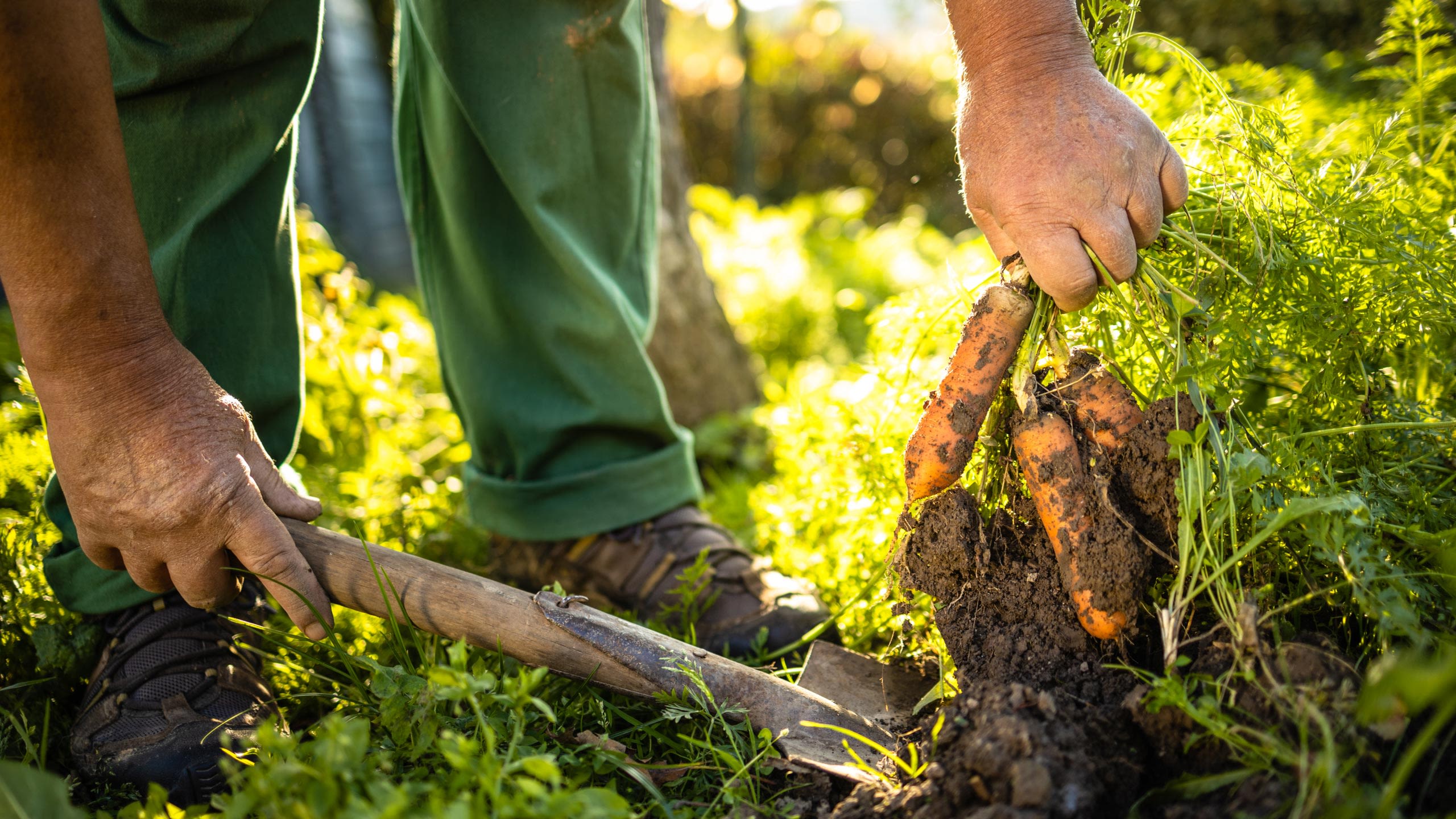
It is time to confront the politics of knowledge and to close the perceived gap in the evidence for agroecology, regenerative approaches, and Indigenous foodways.
Diverse forms of evidence, knowledge, and expertise, including lived experience and traditional knowledge, as well as scientific analyses and peer-reviewed literature, must be treated equally and centred in efforts to transform food systems.
The compendium that underpins this work sets out priority action areas for funders, donors, researchers, and policymakers who are ready to step up to the plate and help create the enabling environments where agroecology and regenerative approaches can flourish. One immediate area for action is to nurture and catalyze systems-based research for the public good.
—
NOW, IT'S TIME FOR ACTION

INCREASING SYSTEMS-BASED RESEARCH IS ESSENTIAL FOR THE PUBLIC GOOD
Healthy, equitable, renewable, resilient, inclusive, diverse, and interconnected food systems that are shaped by people, communities, and their institutions are the future of food. Structural and systemic blockages that stymie society’s progress toward food systems transformation are no longer acceptable.
Until now, narrow measures of success have guided what we value as evidence and have dictated where investments and policies are directed. Reductionist approaches to research have limited our collective understanding of the positive outcomes agroecological and regenerative food and farming systems have across human, social, economic, and environmental measures. These flawed methods have contributed to siloed decision-making and dysfunctional governance, with structural lock-ins and exacerbated power imbalances.
It’s time for a new, transformative research agenda that recognizes and learns from diverse evidence, knowledge systems, and ways of knowing, one that upholds and values the interconnectedness between our food systems, health, and the planet long recognized by Indigenous Peoples and farmers around the world.
Enabling this holistic and inclusive understanding of food systems’ impacts is essential for the public good.
Public and private funders of food and agricultural research have a responsibility to encourage holistic and transdisciplinary approaches with an emphasis on indivisible ecological, health, social, and economic goals. Philanthropy, multilateral donors, researchers, and policymakers can play a uniquely impactful role when working in partnership with farmer and Indigneous People’s organizations, civil society, the private sector, and others.
The Contributors to this compendium have emphasized that greater levels of funding for action-oriented public research that upholds diverse evidence will increase the viability, performance, and ability of agroecology, regenerative approaches, and Indigenous foodways, allowing them to flourish and, in turn, to deepen their impacts.
The roots of agroecology, regenerative approaches, and Indigenous foodways represent a continuous source of knowledge that can inform a repaired relationship between people and nature. We must channel the everyday acts of courage, imagination, ingenuity, and perseverance of the farmers, food providers, women, youth, and Indigenous Peoples already working on this transformation and join as forces for change.
We know from the evidence that it can be done.
Commissioned by the Global Alliance for the Future of Food, the creation of the compendium was led by Faris Ahmed, Lauren Baker, Margarita Fernandez, Samara Brock, and Amanda Jekums and is a synthesis of 17 contributing teams of authors: Agroecology Research-Action Collective; Agroecology Europe; Agroecology Fund; Centre for Agroecology; Water and Resilience and Agroecology and Livelihoods Collaborative; Centro LatinoAmericano de Investigaciones Agroecologicas; Christensen Fund; Community Managed Natural Farming; Ecdysis Foundation and Blue Dasher Farm; ENDA Pronat; EnviroStrat; FAO TAPE; Groundswell International; Institute of Rural Reconstruction of China; McKnight Foundation Collaborative Crop Research Program; Palestinian Heirloom Seed Library; Soils, Food and Healthy Communities; The Indigenous Partnership for Agrobiodiversity and Food Sovereignty. These 17 contributing teams represent geographic, institutional, sectoral, gender, and racial diversity. They include organizations and networks of practitioners, researchers, farmers and food providers, Indigenous Peoples, and foundations working on food systems at the national and international levels.
This work is licensed under a Creative Commons Attribution–NonCommercial 4.0 International License. For more information, including citations, please see the compendium.
www.futureoffood.org
